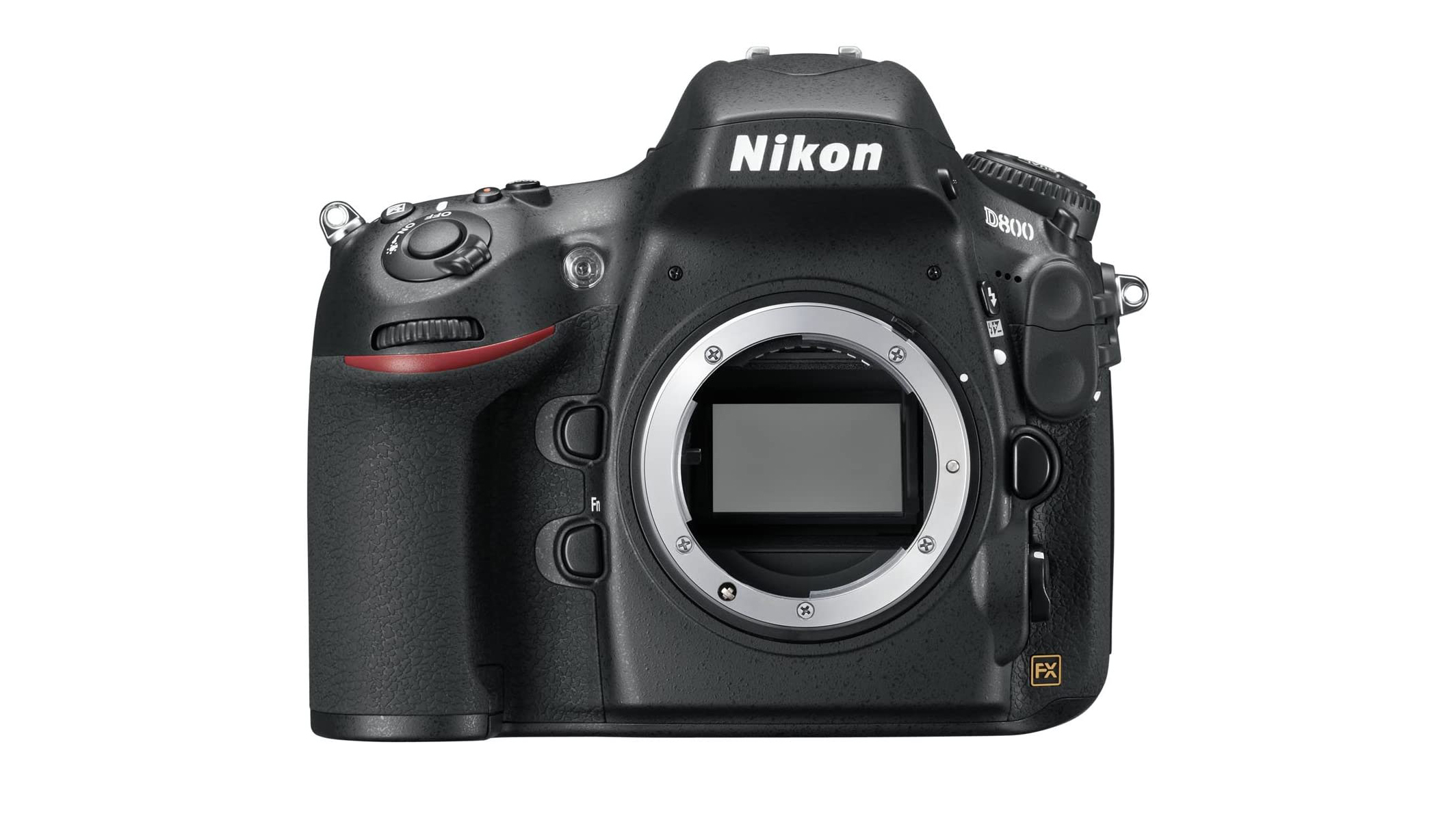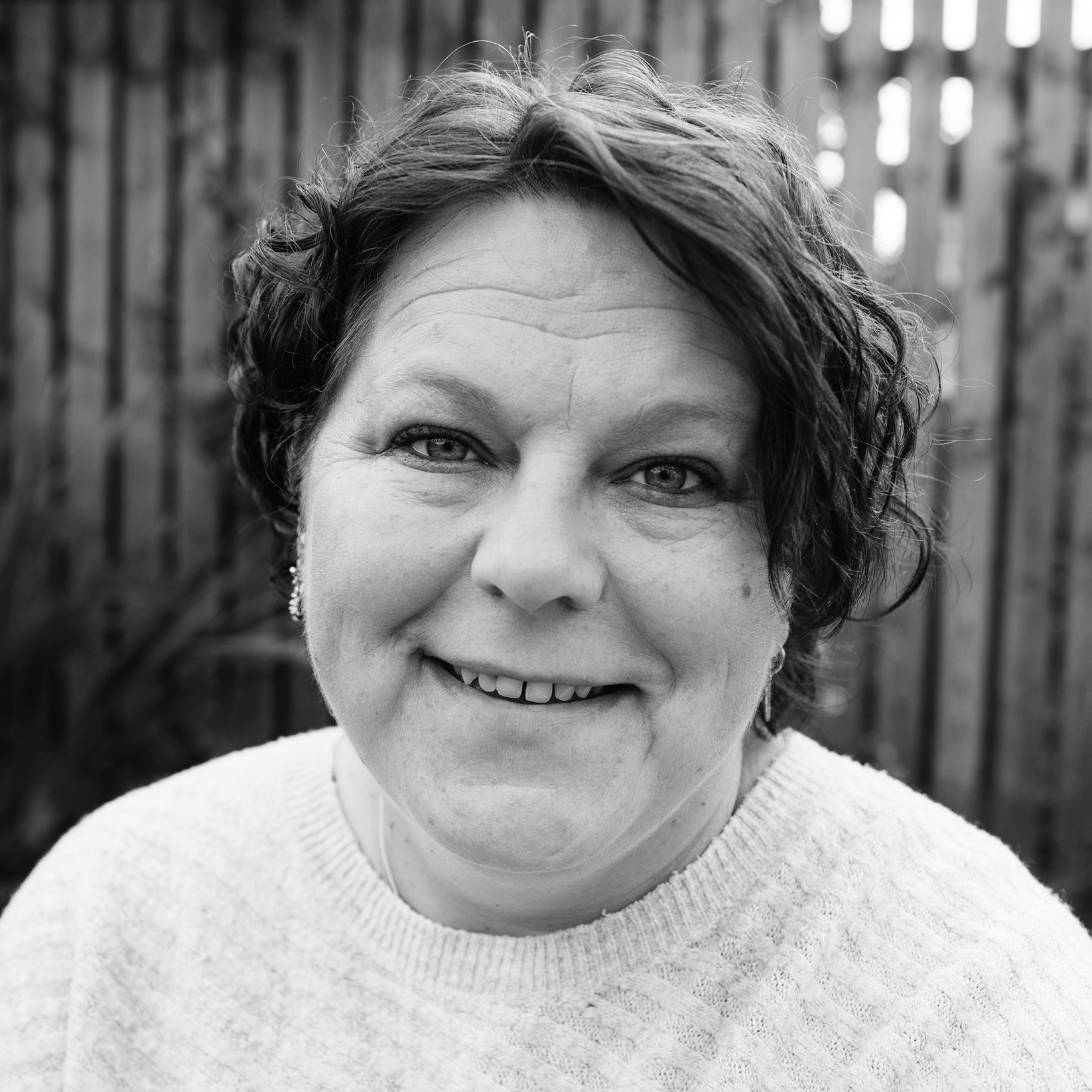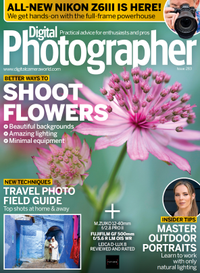"With dog photography, you generally want a low perspective – but, here, I followed a different strategy"
Chantal Macleod-Holdsworth shares four photographic decisions for capturing this shot highlighting model Jack

A decade ago, Chantal Macleod-Holdsworth started her dog walking business, followed by a photography business CMH Photo. Today, she captures the essence of animals and humans alike.
I had the pleasure of interviewing her about his work and analyzing her image "Macfarquhar’s Bed". We discussed the techniques he used to capture the photo and why it works...
1. Entry perspective
"When I spot a scene, I get the camera ready and try out a few perspectives," says Chantal. "In recent years, I have added more scenery to my images – we live in the Scottish Highlands, so it would be a crime not to!" By lowering her angle, Chantal gives the viewer the feeling of stepping into the scene, offering a smooth visual entrance due to the blurred foreground elements. "With dog photography, you generally want a low perspective, so going down low is my go-to – but, here, I wanted to position Jack against the sky," she says.
2. Subject placement
"I aim to show a bit of the dog’s body, especially if they have distinctive markings," Chantal says. "I have to think about posing male dogs, especially short-haired ones. That’s why Jack is angled slightly, so I can use his front legs to hide his private parts," she adds. "Jack has a tiny head but a big chest and this is reduced when capturing him head-on from a distance. Jack is looking to the left because the rock he’s on is higher on one side so he will naturally pick that spot. Thankfully, his ‘out-of-frame’ gaze works well with the lines of the arch."
3. Framing composition
As Chantal explained, a lower perspective is crucial for showcasing the scenery and the main subject, Jack the dog. "From a higher perspective, the rocks become visible and make Jack visually fade into the background." By choosing this composition, she created a frame around him, providing a higher contrast backdrop and directing the viewer’s attention to Jack. In general, much of Chantal’s work is intuitive, as the outcome also depends on the animal. "I seem to work best when going with the flow," she says.
4. High-contrast exposure
Dogs with multi-colored coats can be hard to expose for. The scene itself is also quite challenging as it features dark areas in the foreground that contrast against the light background. "Lightroom is my secret here," Chantal explains. "I tend to take my images so that nothing is too blown out or too dark and then use the subject selection tool to get it where I want it. Then I amend the surroundings so that it looks as natural as possible." Chantal also prefers warm-toned photographs, so she amended the colors in post-processing to reflect that.
Tech details

Camera: Nikon D800
Lens: Nikkor 28mm f/2.8
Aperture: f/4.5
Shutter speed: 1/1000 sec
ISO: 100
Get the Digital Camera World Newsletter
The best camera deals, reviews, product advice, and unmissable photography news, direct to your inbox!
- I bought a used Nikon D800 and it made me laugh… but in a good way
- Opinion: The decade-old Nikon D800 is still a beast, and here’s why
- The Nikon D800 is officially 10 years old, and it's still a great camera, even today

Born and raised in Germany, Chantal moved to Scotland in 2005. Originally working in hospitality, her life-long passion for animals, dogs in particular, inspired Chantal to make a career change. A decade ago, she started her dog walking business, followed by a photography business CMH Photo. Today, she captures the essence of animals and humans alike. Chantal’s work focuses on dogs, but she also photographs horses, creates beautiful family portraits and shoots special occasions such as weddings.
Others in the Why Shots Work series
- Urban street photographer reveals his candid capture secrets
- Photographer tells story of getting up close and personal with a python
- Discover four key elements that make this stunning photo a success
- The 4 photographic decisions that take this motorsport shot to the next level
- Photographer tells story of his amazing shot of wallabies fighting on the beach
This article originally appeared in Digital Photographer, a monthly magazine, and the kitbag essential for pros, enthusiasts, and amateurs alike!
Inside, you'll find practical guides, shooting tips, and techniques from working photographers, plus all the latest industry news.

Kim is the Staff Writer on Digital Camera World, and formerly Technique Editor at Digital Photographer, focusing on the art and science of photography. With a Master’s degree in Photography and Media, she is driven to educate through an analytical approach, visually and technically. With her guides and tutorials, Kim seeks to uncover new facets of this time-honoured medium and foster a deeper understanding of its profound role in culture. Kim highlights topics that resonate with modern society, including women in photography and critical issues such as environmental conservation. She also discusses and reviews camera gear, giving you an overview to find the best fit for your photography journey.

